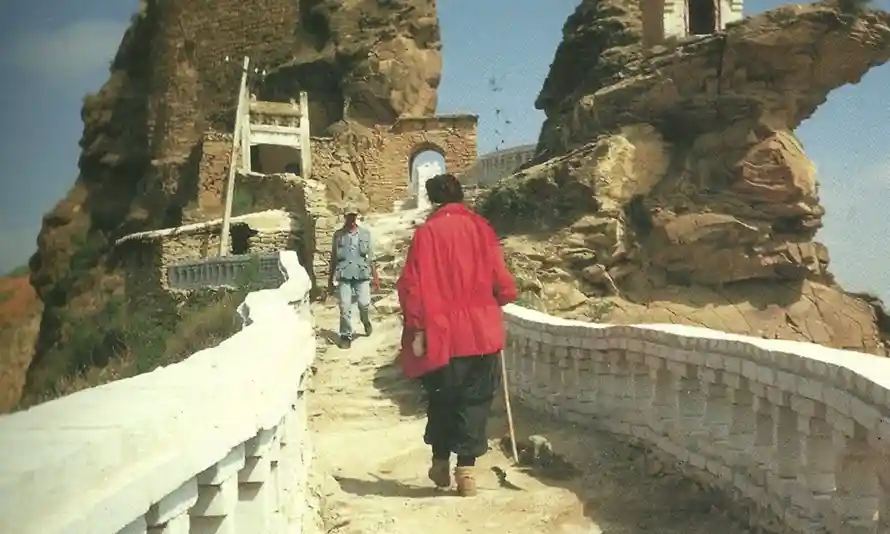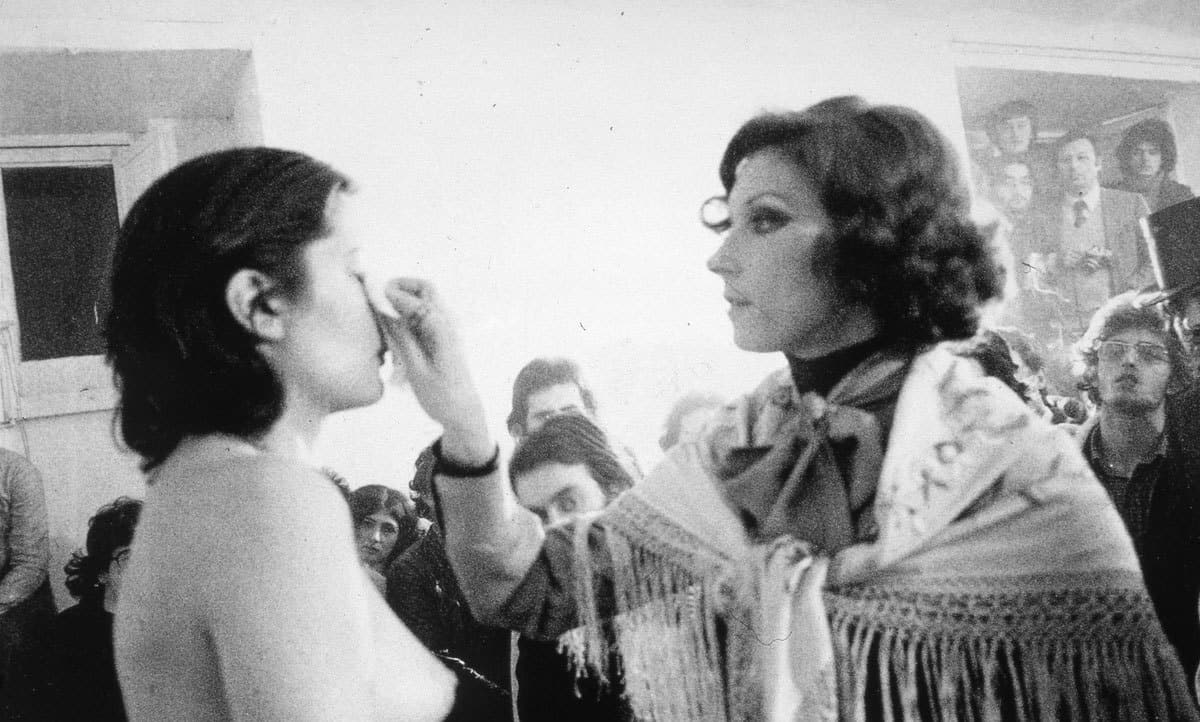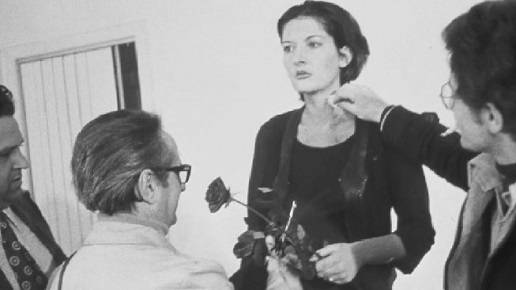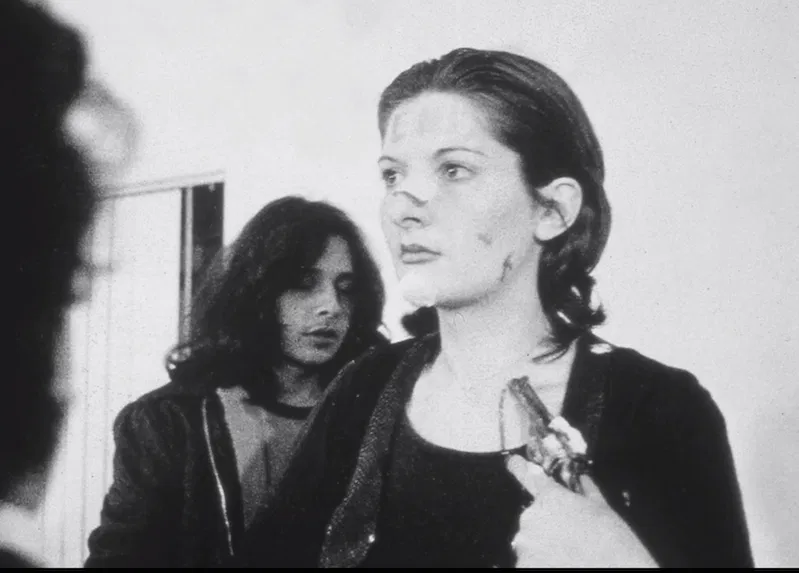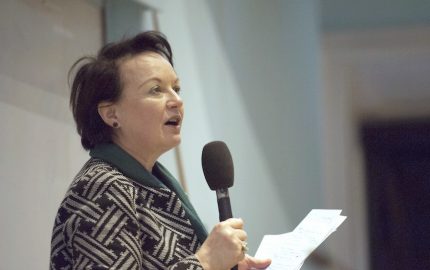Next – Project
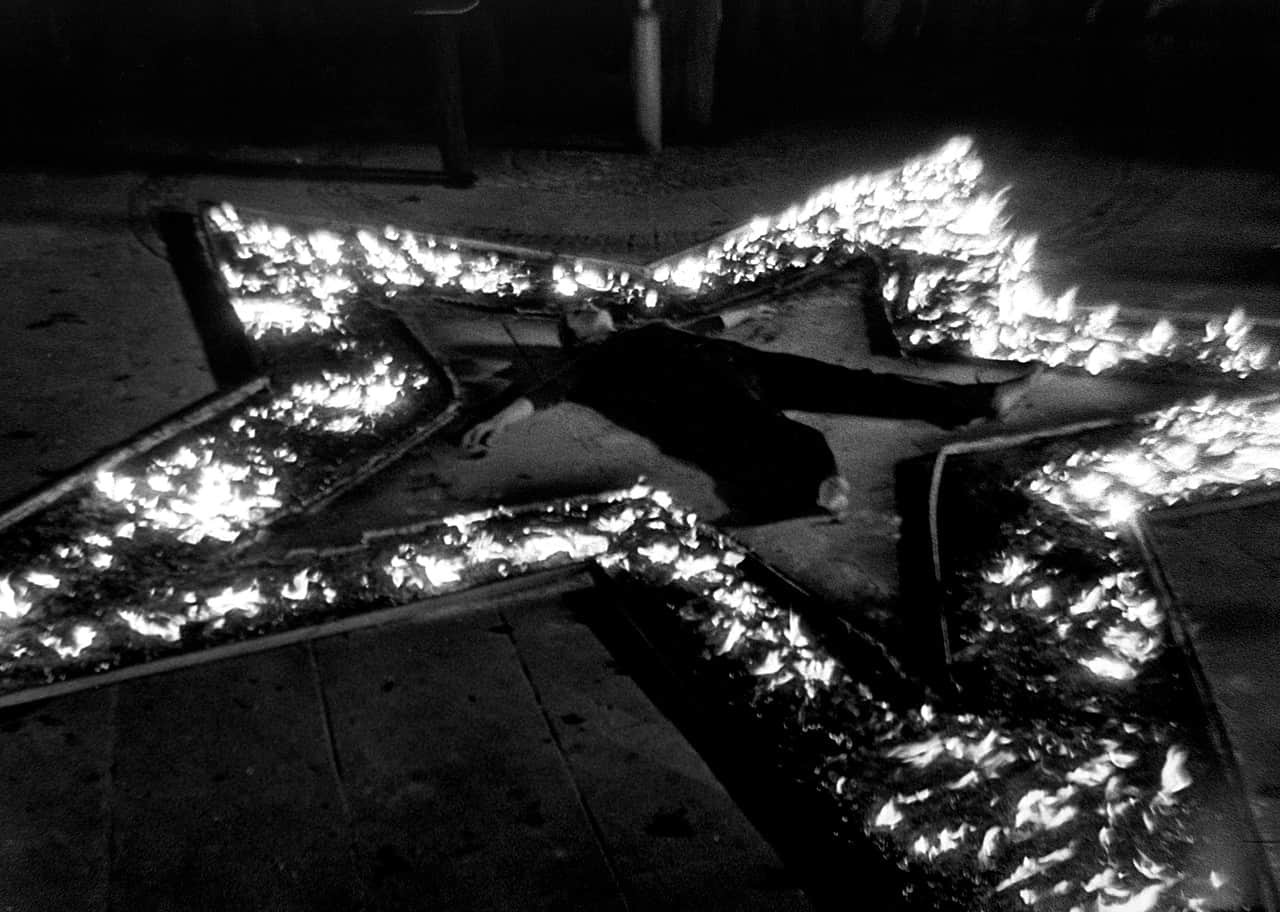
“When I was 12 or 13, I wanted to paint my dreams … [so] my father arranged for an ‘informel’ painter to give me a lesson. On my first lesson [the teacher] cut a piece of canvas irregularly, put it on the floor, opened a can of glue and threw the liquid glue on the canvas then a little bit of sand, some yellow, red and black pigments, then he poured about half a litre of gasoline on it, lit a match and everything exploded. Then he said: “this is a sunset” and left … by the time I came back from a family vacation, the August sun had dried it [and] there was noting left. Later I understood that the actual process is more important than the result, the performance more important than the object.”
– Marina Abramovic quote from dissertation, original quote from Thomas McEvilley, Stages of Energy: Performance Art Ground Zero? in Marina Abramovic: Artist Body: Performances 1969-98, Charta, Milan 1998
Synopsis
Part 1: The Body as Material (1973 – 1975)
The dissertation examined Marina Abramovic’s radical early performances in relation of her personal politics and those of her place of origin (Yugoslavia) to establish a correlation between her art practice and the politics of the East. Artworks discussed in detail: Rhythm 10 (1973), Rhythm 0 (1974), Lips of Thomas (1975), Roles of Exchange (1975) and Freeing series (1975). The thesis’ subtitle, ‘The Body and The East’ was a tribute to the namesake exhibition, organised by the Museum of Modern Art in Ljubliana (1998) with an exhibition catalogue published by MIT Press (1999).
Part 2: The Body as the Site of Saints and Warriors, 12 Years with Ulay (1976 – 1991)
The dissertation also examined Abramovic’s long-term artistic collaboration with Ulay, a German performance artist and former life-partner, which culminated in the iconic walk of the Great Wall of China and tragically marked the end of their artistic and private partnership. Artworks discussed in detail: Relation Works (1976), Communist Body/Capitalist Body (1979) and The Great Wall Walk (1988).

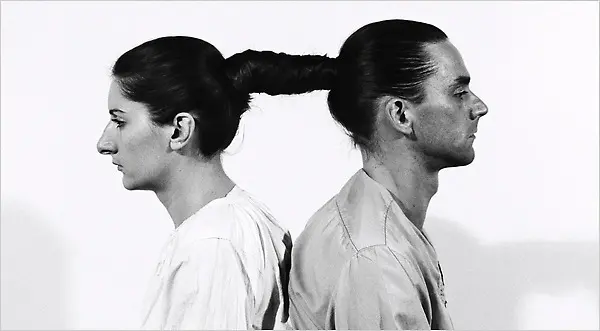
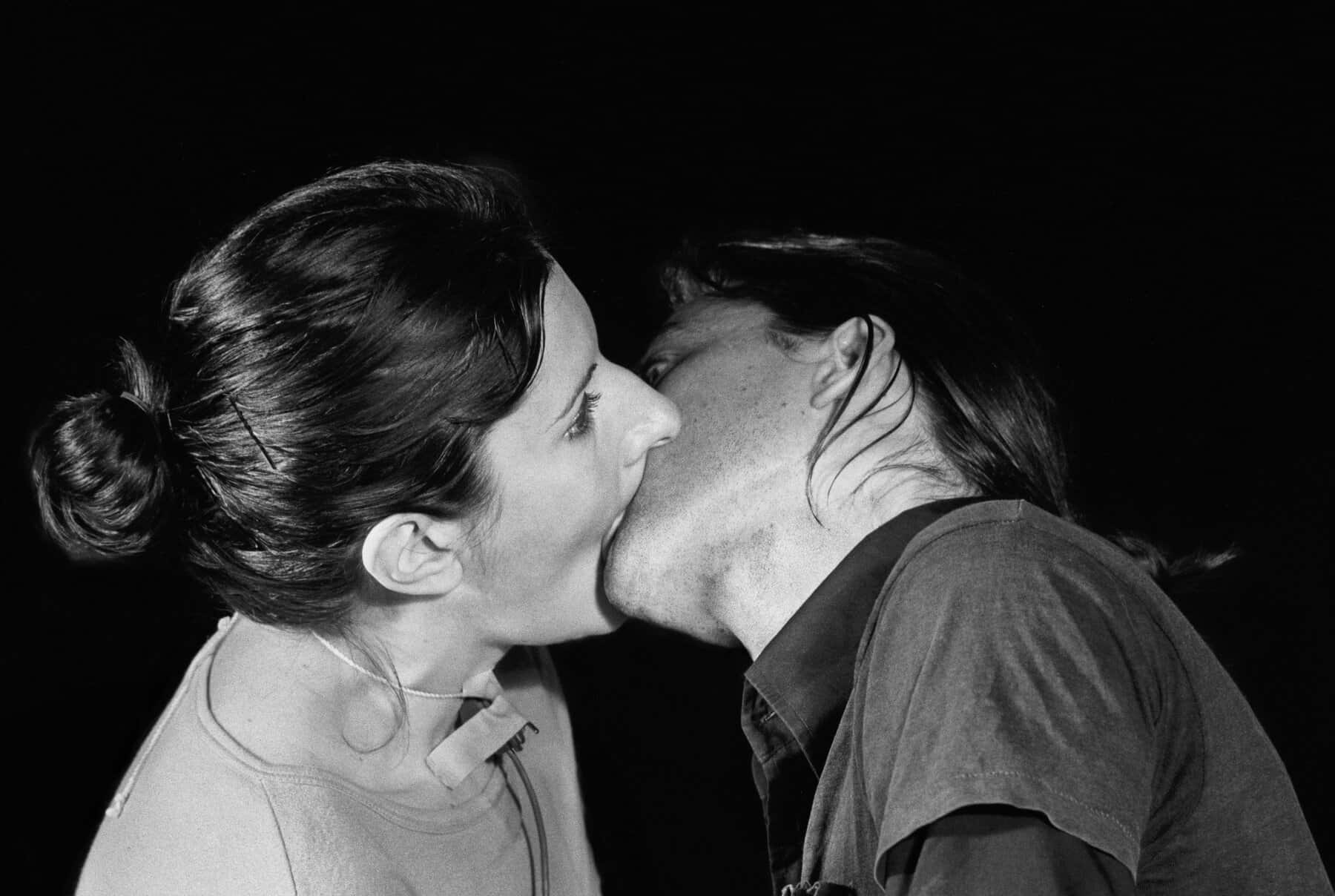

Part 3: Return to The Self: Recent Solo Performances (1992 – 1999)
The paper concluded with an examination of Abramovic’s four-year hiatus from performing and reviewed her latest solo works, focusing on two seminal performances. The Biography (1992), premiered at the Kunsthalle in Vienna, was an arresting ‘tableau vivant’, which re-staged her key early pieces and marked a new artistic direction towards the theatric. Balkan Baroque (1997), presented at the Yugoslav pavilion the Venice Biennale, was an explicit reference to the ethnic cleansing taking place in her homeland at the same time and showcased the artist sitting on a stool in a long white dress, scrubbing large bloody bones for six hours each day.
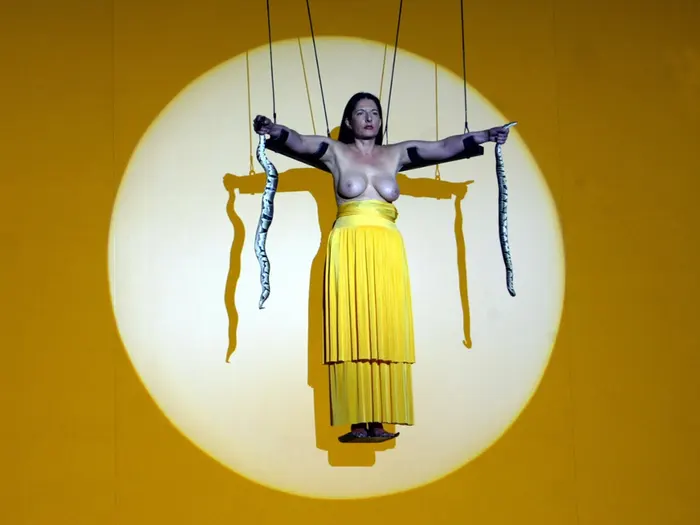
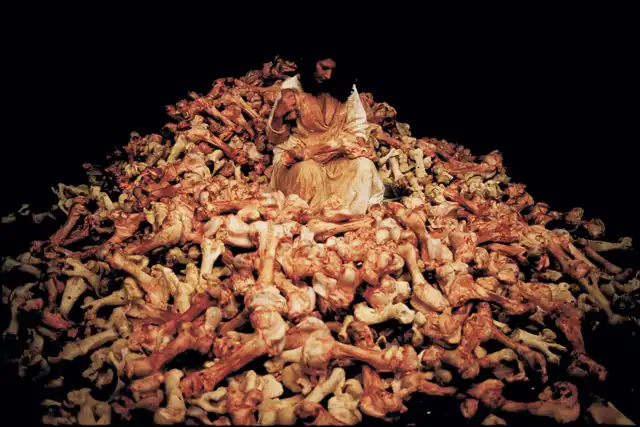
Researched and produced at a time when Abramovic’s work was rarely known outside academic circles, the dissertation was well-received by the accrediting institution and among scholars of performance art.
Supervised by Dr Sarah Wilson, Professor of Modern and Contemporary Art, The Courtauld Institute of Art, University of London.
Produced in fulfilment of a BA in Art History degree.
